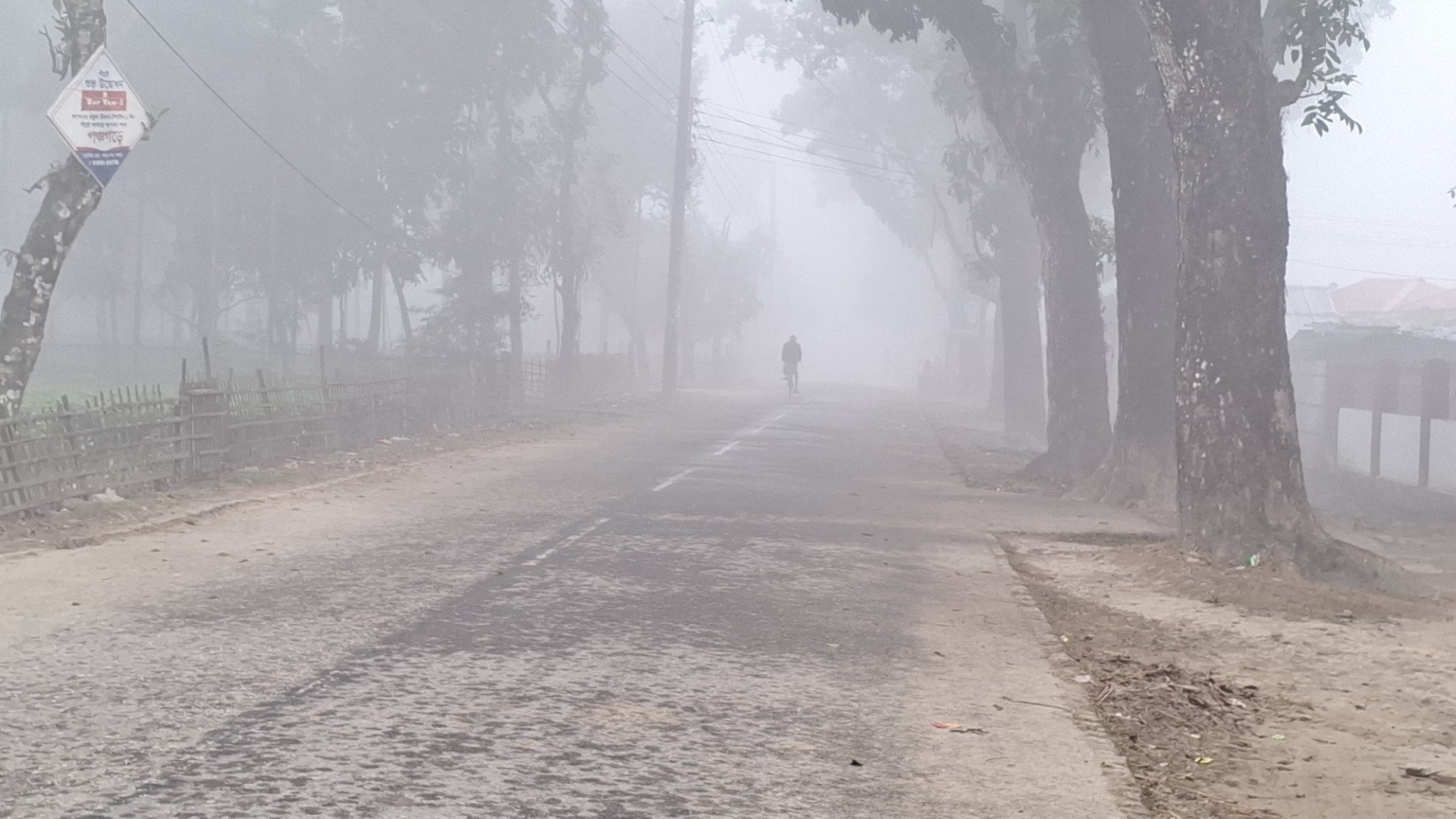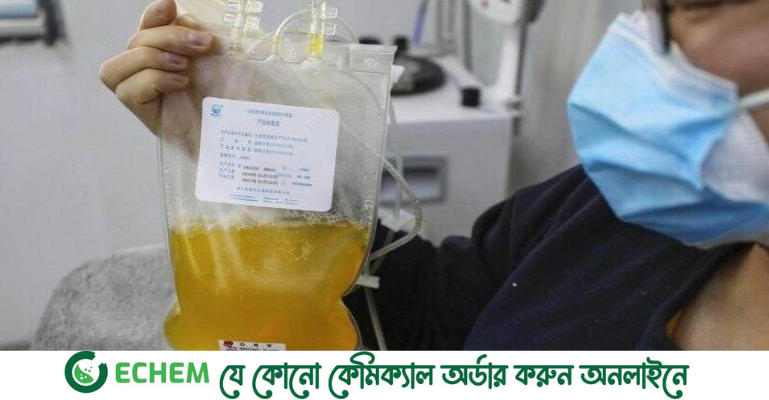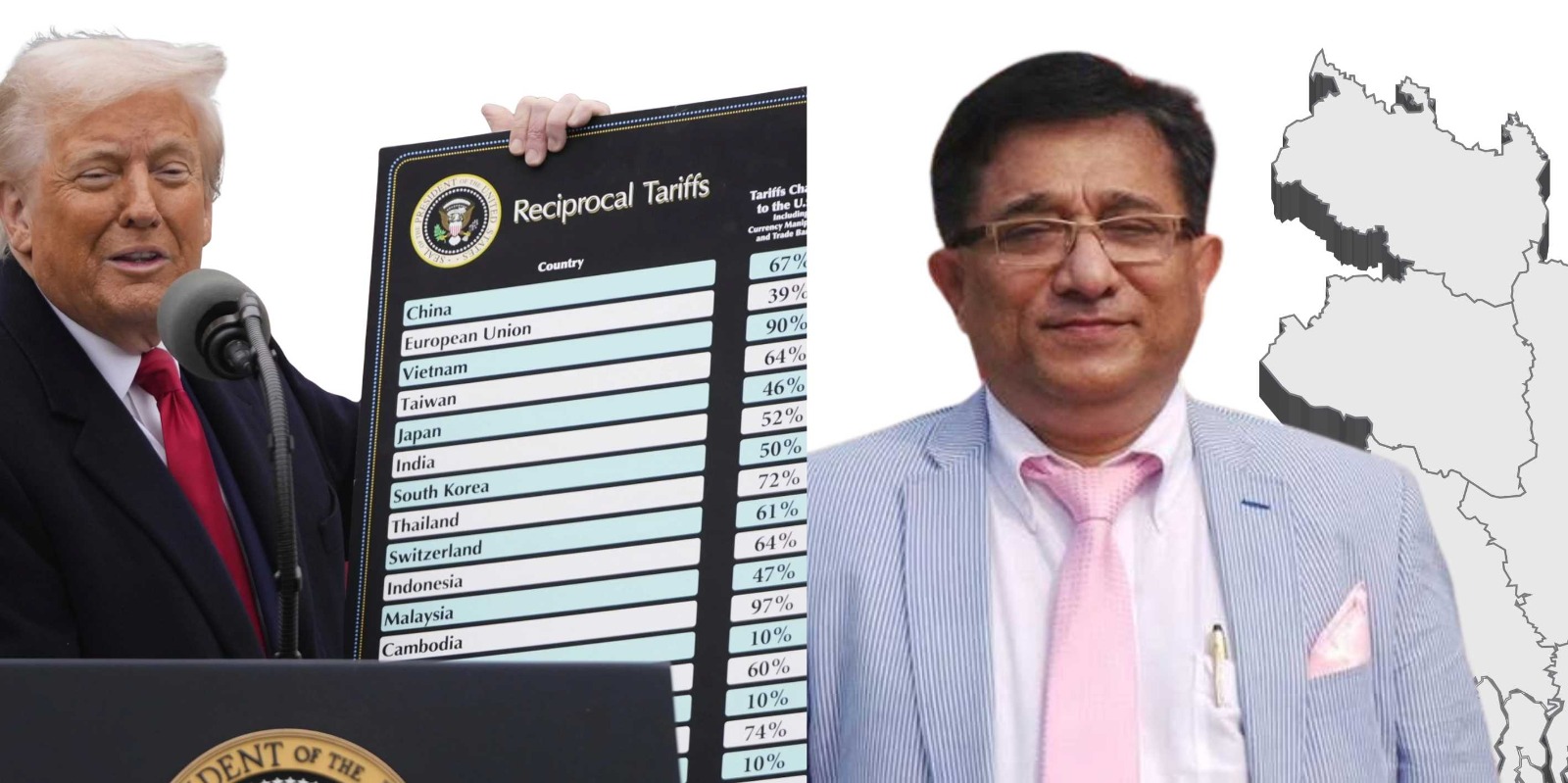Prof. Dr. kazi Nawshad Hossain:
The more plasma donated, the more IVIG (Intravenous Immunoglobulin) can be made. Producing IVIG is a complex process. The impact of donation is simple; it improves and saves the lives of PANS (Pediatric Acute-onset Neuropsychiatric Syndrome) patients and people with primary immunodeficiency, CIDP, and other rare diseases across the world.
Why Donate Plasma?
During a whole blood donation, all components of the blood are collected. Whole blood donations can only be made every four months interval to replenish the body’s supply. Plasma donation is done by plasmapheresis, in which the plasma is separated from the whole blood. The plasma is collected, but the whole blood elements, white blood cells, red blood cells, and platelets are returned to the donor. This process takes 20-30 minutes longer than blood donations, which take about 30-40 minutes. Plasma donations can be made twice in a seven-days in USA, EUROPE; but in our country it can be 15 days interval.
Difference Between Plasma vs. Whole Blood Donation?
During a whole blood donation, all components of the blood are collected. Whole blood donations can only be made every four months in order to replenish the body’s supply. Plasma donation is done by plasmapheresis in which the plasma is separated from the whole blood. The plasma is collected but the whole blood elements, white blood cells, red blood cells, and platelets, are returned to the donor. This process takes 20-30 minutes longer than blood donations, which take about 30-40 minutes. Plasma donations can be made twice in a seven-days in USA, EUROPE; but in our country it can be 15 days interval.
Who Can Donate Plasma?
To donate plasma, an individual must be at least 18 years of age, weigh at least 110 pounds, and pass all other required donor eligibility criteria, including a physical exam and screening for specific infections. Some donations centers require you to live within a certain radius of the center. All require need based identification, including a National identity Card(NID).
How is Plasma Collected?
Plasmapheresis uses a medical device that separates the plasma from the blood through this safe and sterile process. The plasma is collected while the remaining blood (including red blood cells and white blood cells) is returned to the donor. You should not feel tired, as normally associated with donating blood. This process has been around since the 1950s.
How is IVIG Made?
Ig (Immunoglobulin) replacement therapy is prepared from the plasma of 10,000-50,000 individuals with healthy immune systems screened for several infections. After donation, the donated plasma is tested for infectious agents before being pooled with other donor plasma. Once the plasma is pooled, the plasma is tested for the markers of HIV and hepatitis B, and C viruses. The pooled plasma is divided up; it is fractionated and filtered to separate out the IgG molecule. Throughout the process, there are multiple steps taken to ensure the safety of the product: donor screening, viral removal, and inactivation of viruses. Donors must return for a second donation within a set timeframe. If a donor does not return, their prior donation will be discarded.
How Long Does it Take to Donate?
The first visit takes about two to three hours; it includes screening, physical, and donation. Subsequent visits typically take under an hour.
How Often Can I Donate?
Healthy individuals can donate as often as twice in seven days (In USA, EUROPE), with at least one day between donations, as the body replaces the plasma removed during the donation process quickly, in country like us ,a plasma donor can donate after at least 15 days interval.
Why Do I Have to Donate More Than Once?
Donors must provide a second donation within six months of the first donation. During the second visit, the donors must pass a second round of screening before they are deemed qualified, and their plasma may be considered for use. This ensures the safety of the product.
Is it Safe to Donate Plasma?
It is a very safe procedure with minimal or no side effects. During the screening, donors are given a physical exam, and their medical history is reviewed. On subsequent visits, donors’ vital signs are checked and asked questions about their health since their last donation. All the collection supplies are sterile and single use only. These steps ensure donor’s and recipient’s safety.
How To Donate Plasma
Since plasma donation requires plasmapheresis equipment, it must be done in a plasma collection center, unlike blood drives, which can be done almost anywhere. Also, most centers only have number of plasmapheresis machines.
Each plasma collection center has its own set of rules; please make sure you call the center to find out the hours of operation and to ask any other questions you may have. Below is a brief overview of the donation process.
Before You Arrive
Review eligibility guidelines, including identification. Typically, three forms of id are required: photo id (driver’s license, if present), proof of address (utility bill), national identity card (NID). Internationally it is seen that some donation centers require you to live in a certain radius.
Pre-Donation Screening
All donors must pass a pre-donation screening at every appointment. This ensures donor and recipient safety. First-time donors receive a brief physical examination. All donors have their vitals measured: weight, temperature blood pressure, and pulse. A technician will take a little blood from the finger to measure total protein and hematocrit levels. A brief medical questionnaire is taken.
The Plasmapheresis Process
The automated plasma collection device is prepared with a new sterile kit. A technician/nurse, will prepare the donor’s arm with antiseptic, insert the needle, and begin the donation process. Blood will be drawn, the plasma will be separated from the blood, and red blood cells will be returned to the body through a process called plasmapheresis. Donor blood never enters the machine. The tubing and all other pieces of the collection device that come in contact with blood are discarded and replaced.
THINGS NEED TO KNOW FOR A REGULAR PLASMA DONOR
1. DRINK AT LEAST 12 to 24 OUNCES OF WATER OR A SPORTS DRINK 30-TO-60 MINUTES BEFORE YOUR DONATION
Reason:
The primary reason for hydration is that we’re collecting plasma and plasma is 90% water. Good hydration ensures the procedure will be well tolerated and the recovery more rapid. Proper hydration can ensure the veins are adequately dilated and will make inserting the needle easier.
2. LIMIT CAFFEINATED BEVERAGES (LIKE COFFEE & SODA) AND MILK, THE DAY OF YOUR DONATION
Reason:
These beverages reduce iron absorption in your blood, which is essential in maintaining strength and energy. Avoiding these drinks will help maintain your energy levels after donation. Caffeine can also elevate your pulse, which can prevent you from being able to donate for the day.
3. AVOID FOODS HIGH IN SATURATED FATS & CHOLESTEROL, LIKE POTATO, CHIPPS & PIZZA, THE NIGHT BEFORE YOUR DONATION.
Reason: These foods lead to a high concentration of fats in your blood, making it harder for the plasmapheresis machine to separate your plasma from your red blood cells. This, in turn, can make your donation time longer.
4. MAKE SURE YOU GET A GOOD NIGHT’S REST BEFORE YOUR FIRST VISIT
Reason: This will allow you to have a quicker recovery.
5. DISCONTINUE & AVOID ALL TOBACCO PRODUCTS
Reason: Smoking before the donation may increase your blood pressure and heart rate to unacceptable levels.
Written by: Prof.Dr. kazi Nawshad Hossain
Consultant, Transfusion Medicine
SINOVAC BIOTECH (BANGLADESH) LTD.











